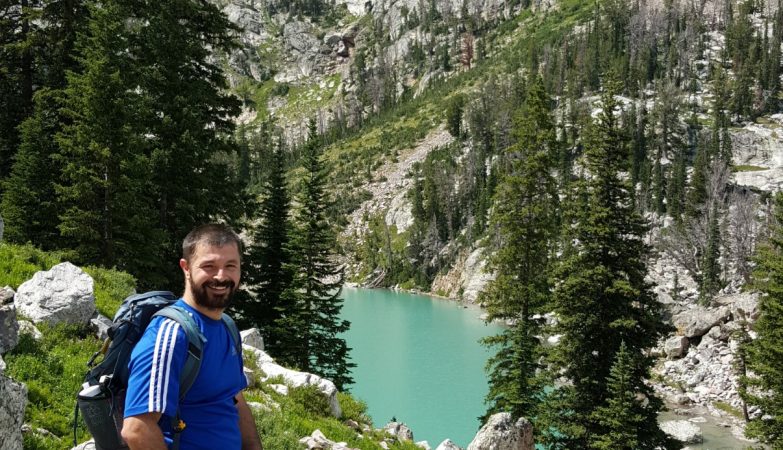This week I’m in Hawaii spending some time underwater and working on some new SCUBA certifications. I just earned my Nitrox rating as well as my Advanced Open Water certification, for which I picked these five specialties: Deep Dive, Underwater Navigation, Peak Performance Buoyancy, Wreck Diving and, why not, Underwater Photography. All the dives were boat dives booked through Aaron’s Dive Shop, located in the town of Kailua on Oahu. I have been using Aaron’s services for all of my dives ever since I earned my Open Water PADI certification because of the knowledge and friendliness of the staff, as well as the quality of their customer service. My Enriched Air Nitrox course took place entirely in Aaron’s classroom, located above the shop, and consisted on going through the knowledge review of the course book and spend a great deal of time doing exercises to calculate the body exposure to nitrogen, oxygen, limits, etc. The course ends with a comprehensive written exam, which is submitted to PADI before a Nitrox card with photo is issued. Without that card no diving operation will provide enriched air. The first actual dive took place the following morning with the boat leaving around 7:30 to visit a few wrecks. This time I was diving for the first time with 32% and 36% oxygen blend (normal air contains 21% oxygen), I didn’t feel any difference. As I needed to focused with the tasks required for my Advanced Open Water certification I did not bring my camera, something that didn’t take me long to regret. The first dive of the day was down to a wreck, which I had visited before, but still fascinating. I think wrecks are my favorite thing to dive and it will not be long before I go for my full Wreck Diving certification, a more in-depth (no pun intended) course that goes into the technical ways to explore and map a wreck while remaining safe. The second dive was my Navigation dive and, with the aid of a compass, I was instructed on how to find my way underwater. The next morning, same time, two more canisters of Enriched Air were ready for me on the boat. While the other divers on the boat prepared for their fun dives, with my instructor I reviewed the tasks and topics for my dives: Deep and Buoyancy. The first dive found me with a huge grin on my face at the depth of 33 meters (100 feet). We dove to the wreck of an old World War II fighter plane: a Corsair, the only true wreck on Oahu and I felt as if I was a miniature diver inside an aquarium, with the model plane below me surrounded by sand, and fish of all variety circling the wreck. Visibility was over 30 meters and the deep blue of the ocean faded to a soothing azure. Once again I wished I had my camera, but diving at that depth for the first time I wanted to concentrate on my tasks. I took one day off from diving to rest and catch up with old friends and before I knew it I was back on the boat with the new air tanks waiting to be used. This time I had my camera and was looking forward to photograph some sea turtles as our dives were going to be at the turtles cleaning station. Unfortunately the ocean was pretty rough, both at the surface and below and we had to change our plans, since visibility was reduced to only about two feet at the original dive spot. During the entire time of the two dives I played with the controls of my Canon G10 in its underwater casing and took both still and video. I quickly learned that the diffuser which came with the casing is completely useless, so I stopped shooting with flash. That made the colors look somewhat washed out (and some disappeared completely) on the photo, although thanks to my mask and its special coating my sight still retained the reds at a little more depth than a regular mask would. Without strobes (direct flash doesn’t work underwater as there are too many particles suspended between the camera and your subject which get an overdose of light if you fire the flash directly at them) it’s hard to get good photos and they will mostly look blue, but it was fun to do it and it gives me a better understanding of how light works underwater.
Written by:





